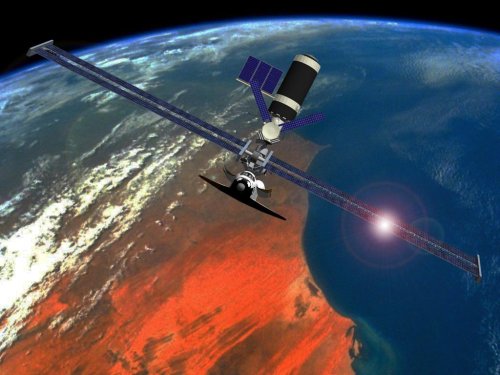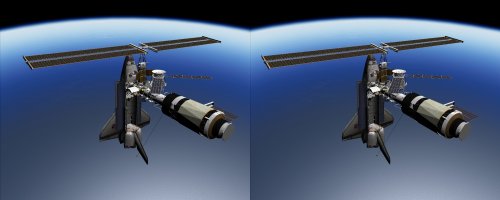What if in 1971-72 the Congress of United States had rejected the Space Shuttle program?
Was realistic the end of all USA manned programs,or yet in 1969 this option was dismissed by Nixon for National prestige reasons?
If we have no end of US manned presence in space,realistically which program could take the place of STS?
If i not wrong,Big Gemini were only a McDonnel proposal, and were not way to continue with a Skylab program for the end of Saturn V and IB production (ok,you can replace Saturn IB with Titan IIIC,but the Saturn V for launch the subsequent Skylab stations you can not remplace).
So?
Any idea of what they would do?
Was realistic the end of all USA manned programs,or yet in 1969 this option was dismissed by Nixon for National prestige reasons?
If we have no end of US manned presence in space,realistically which program could take the place of STS?
If i not wrong,Big Gemini were only a McDonnel proposal, and were not way to continue with a Skylab program for the end of Saturn V and IB production (ok,you can replace Saturn IB with Titan IIIC,but the Saturn V for launch the subsequent Skylab stations you can not remplace).
So?
Any idea of what they would do?


